In the remote village of Aniak, Alaska, a 88-year-old elementary school stands as a testament to the state's long-standing struggle to provide quality education to its rural communities. The school's crumbling walls, moldy interior, and sewage leaks are a stark reminder of the systemic issues plaguing Alaska's education system. Yet, in a surprising move, the state is now offering a solution: transfer ownership of dozens of crumbling schools to underfunded districts, hoping they can breathe new life into these neglected buildings.
For more than a decade, the Kuspuk School District had been pleading with the Alaska Department of Education for funds to repair the Aniak elementary school. The school's condition was dire, with the nearby Kuskokwim River flooding the building multiple times, causing water damage and mold growth. In 2018, the department finally approved a $18.6 million grant to renovate the school, but it was too little, too late. The school district had already lost faith in the state's ability to provide adequate funding for rural schools.
In 2003, the Alaska Department of Education began transferring ownership of 54 buildings to rural public school districts, including the Aniak elementary school. This move was intended to give local communities more control over their schools and allow them to make decisions about how to allocate resources. However, critics argue that this approach simply shifts the burden from the state to the districts, which often lack the financial resources to maintain these aging buildings.
The transfer of ownership has been a contentious issue, with some districts welcoming the opportunity to take control of their schools, while others have expressed concerns about the financial implications. The Kuspuk School District, for example, has struggled to keep up with the costs of maintaining the Aniak elementary school, which now requires a significant portion of its annual budget.
"We're not just talking about a school building, we're talking about a community's future," said Emily Dooley, a parent and community leader in Aniak. "If we don't have a safe and healthy learning environment, how can we expect our children to succeed?"
Experts argue that the transfer of ownership is a symptom of a larger issue: the systemic underfunding of rural schools. Alaska's education system is heavily reliant on state funding, which has been decreasing in recent years. This has forced districts to rely on federal and local funding, which often comes with strings attached.
"The state's approach to education is a Band-Aid solution," said Dr. Karen McKinley, a professor of education policy at the University of Alaska Fairbanks. "They're transferring ownership of schools to districts, but they're not addressing the root causes of the problem, which is a lack of funding. This is a short-sighted solution that will only lead to more problems down the line."
As the state continues to transfer ownership of schools to underfunded districts, it remains to be seen whether this approach will ultimately benefit rural communities or exacerbate the existing problems. One thing is certain, however: the fate of Alaska's rural schools hangs in the balance, and the consequences of inaction will be felt for generations to come.
In a statement, the Alaska Department of Education acknowledged the challenges facing rural schools but emphasized the importance of local control. "We believe that by giving districts more control over their schools, we can empower them to make decisions that best serve their communities," said a spokesperson.
As the debate over the transfer of ownership continues, one thing is clear: the future of Alaska's rural schools is uncertain, and the state's decision to transfer ownership of dozens of crumbling schools to underfunded districts is a complex and multifaceted issue that requires a nuanced and thoughtful approach.











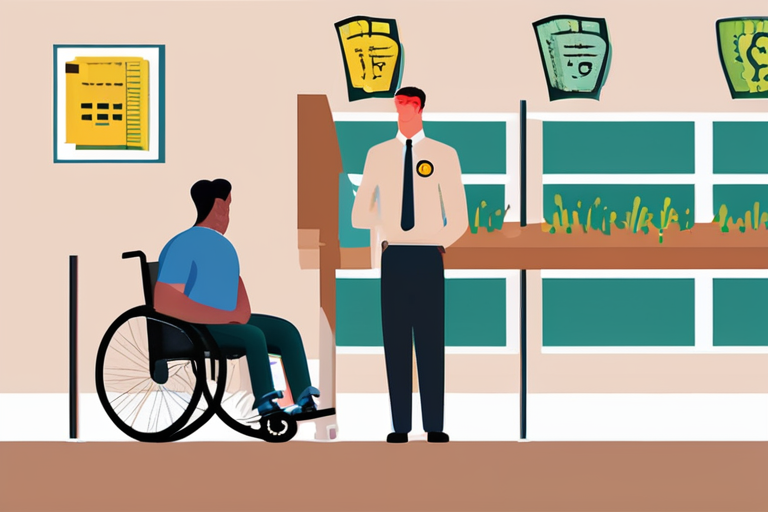


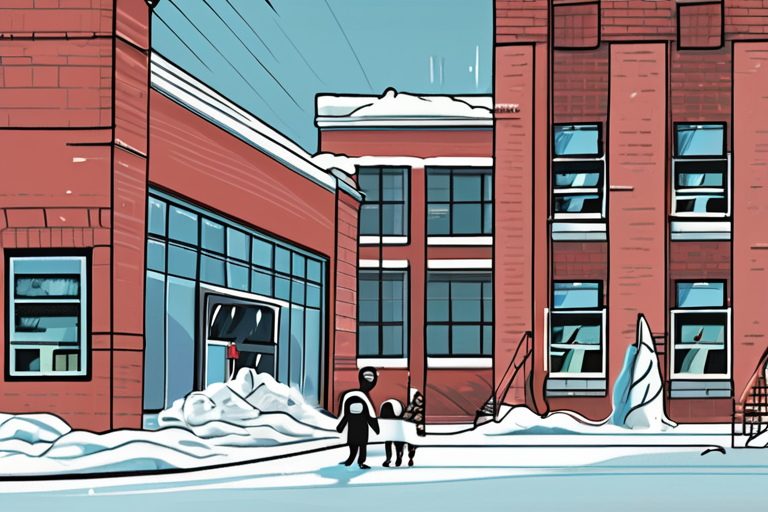
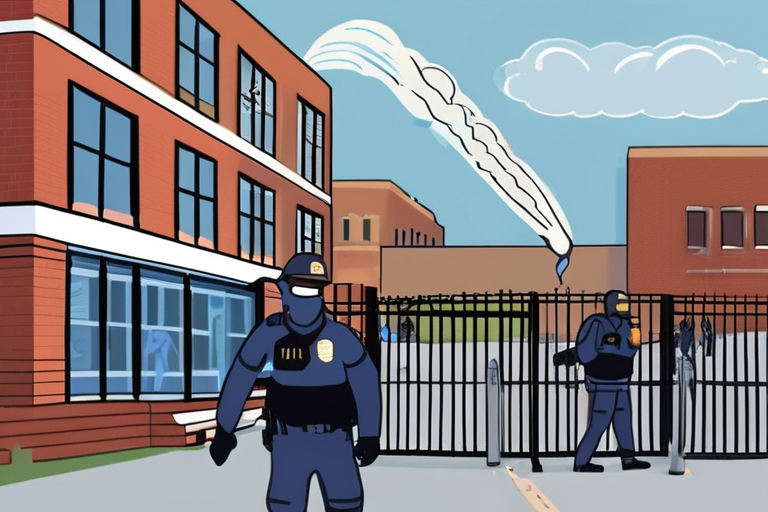
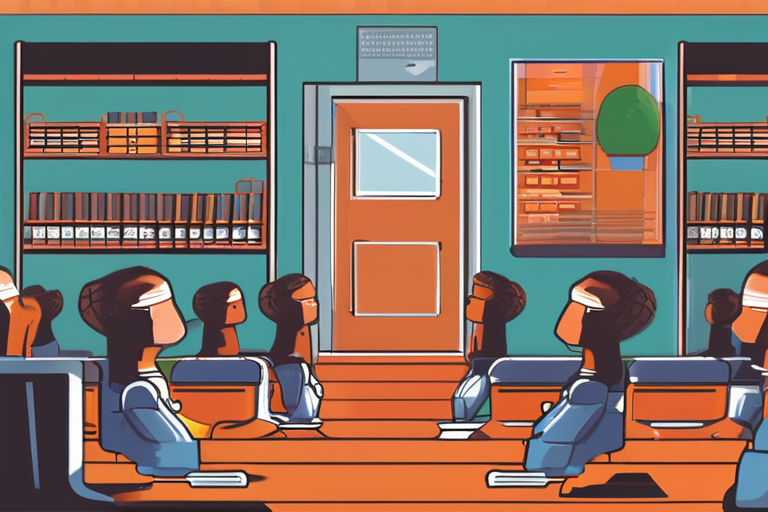

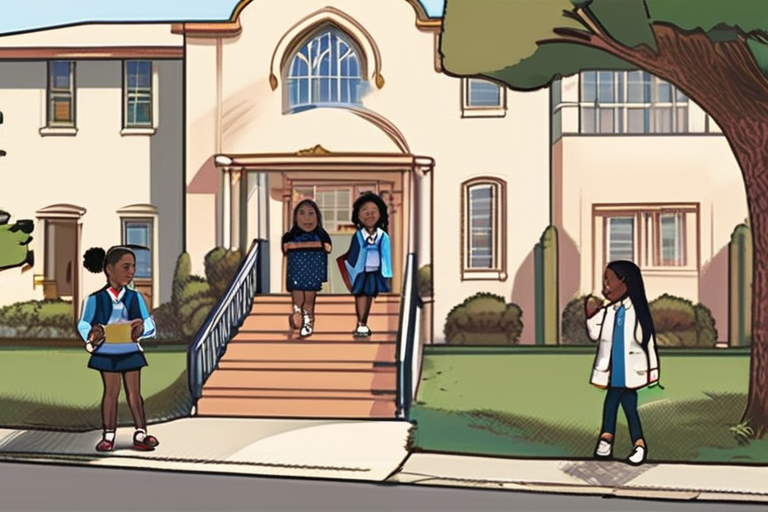



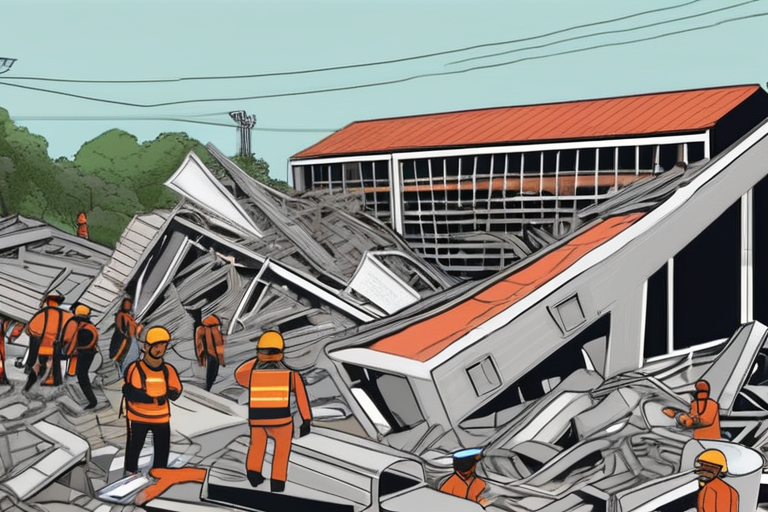


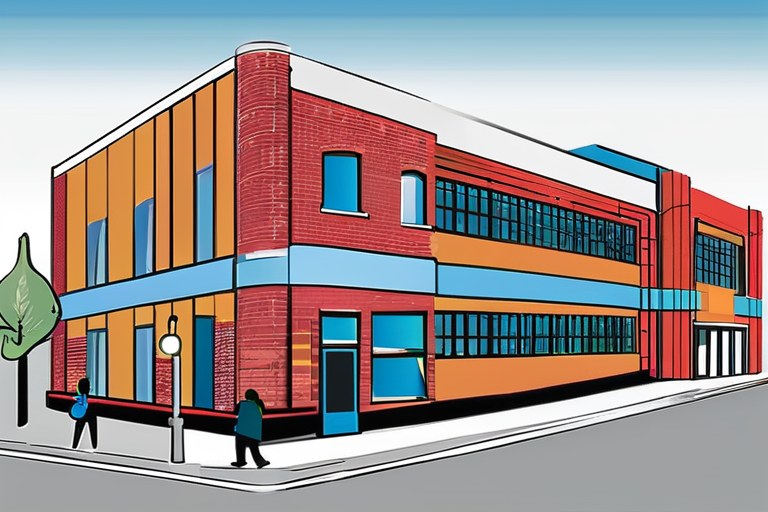
Share & Engage Share
Share this article